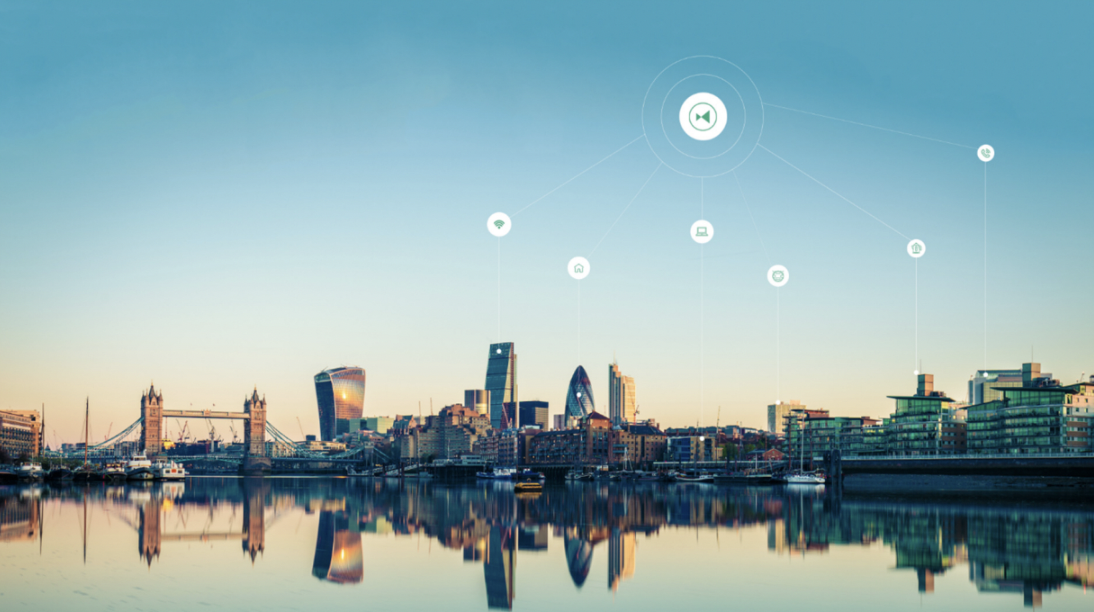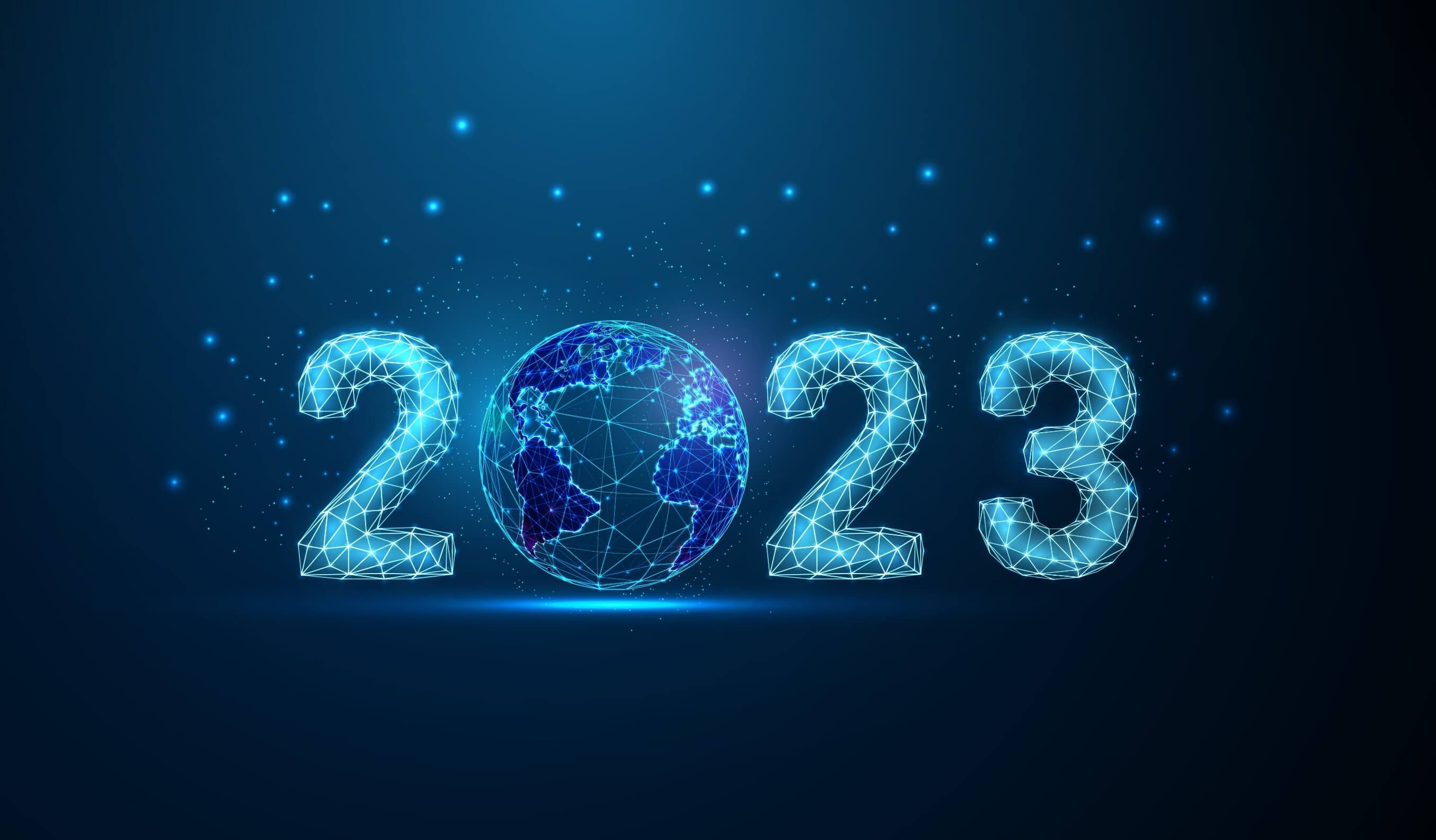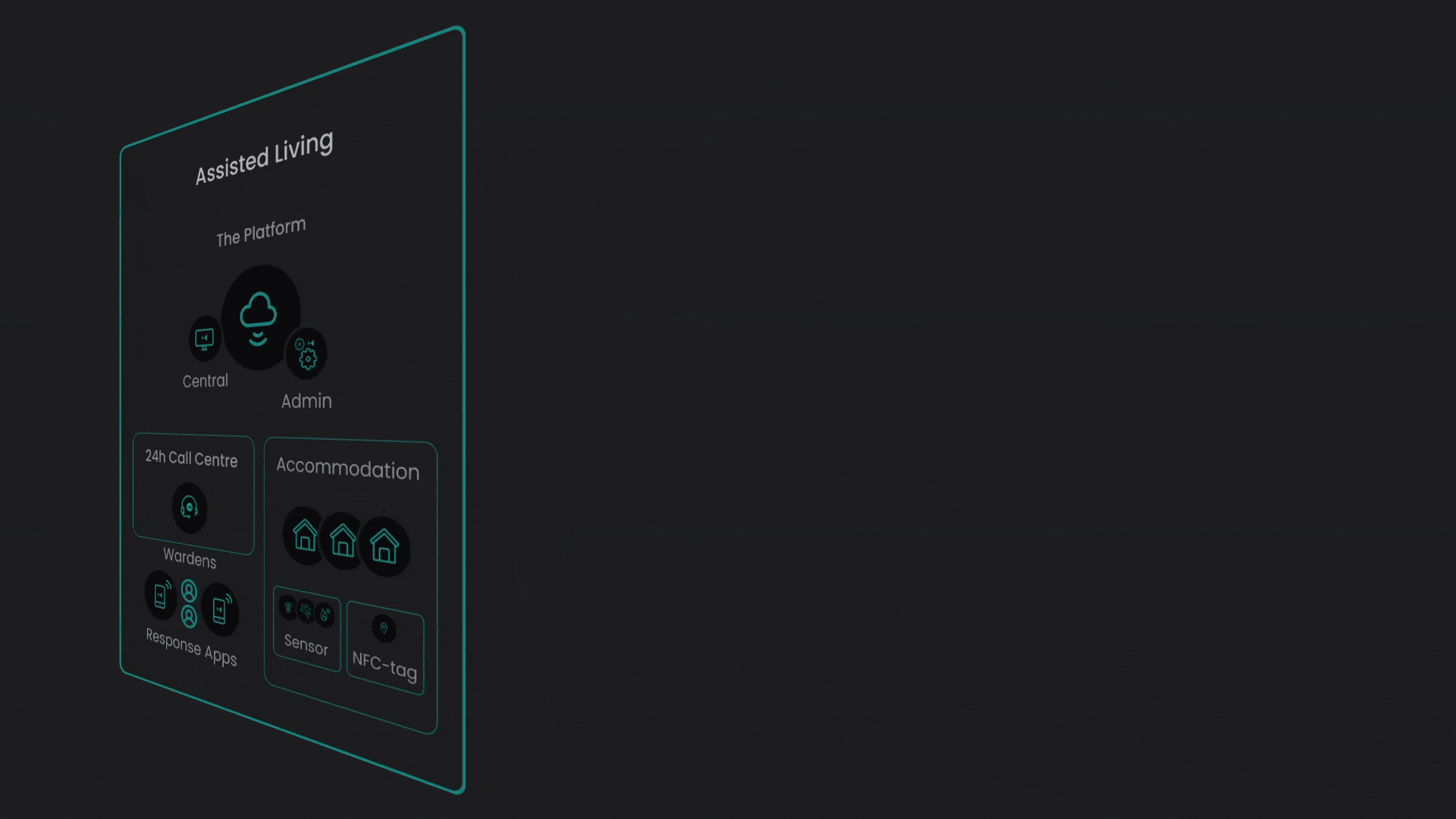Exploring new healthcare technology trends
Healthcare technology trends are constantly evolving, now probably faster than ever. In the past few years alone, we have already seen a glimpse of many new innovations, and we can see how healthcare will continue to develop in the future.
As the needs and demands of patients and healthcare professionals continue to expand, the technology already available, is continuously developing and made better, more efficient and safer. This important progress will not only address serious current challenges in the healthcare industry, but will also provide more overall options for both patients and healthcare professionals.
The innovations and developments are, among other areas, being applied to elderly care. Some of the solutions are already utilising artificial intelligence, which gives providers the possibility of adopting a more personalised approach for patients and care receiving clients.
Read more: What is Digital Telecare?
Remote Patient Monitoring (RPM)
Remote patient monitoring, or remote patient management, is generally described as a way of healthcare delivery that uses technology to gather data from the patient outside of conventional healthcare and clinical settings. RPM uses connected electronic tools, devices, and systems to record personal health and medical data in a single location or database that may then be reviewed by the provider, or by a healthcare professional in a different location.
While remote patient monitoring is not exactly a new concept, the constraints and challenges brought about by the COVID-19 pandemic pushed the development of RPM rapidly, making it an important component of care delivery today. In fact, a study published in 2021 by the BMJ found that virtual care and remote automated monitoring were associated with a decrease in pain and a significant increase in the detection and correction of drug errors.
The definition and description of remote patient monitoring may also sound similar to telehealth, and may initially cause confusion, especially because telehealth essentially covers the same areas. To differentiate remote patient monitoring from telehealth, RPM is simply referring to the use of technology to facilitate the collection of data and information from the patient, whereas telehealth has a much broader coverage wherein remote patient monitoring also falls under.
While the term telehealth may be used when referring to remote patient monitoring, it does not exclusively cover RPM and may also refer to other forms of healthcare delivery.
Moreover, remote patient monitoring is especially helpful in elderly care as it provides patients and other care receivers with more freedom and independence. This is thanks to the new innovations, which offers a possibility to constantly monitor the health status of the clients, if necessary. In the case of an emergency, response centres or care providers can be alerted promptly, especially with the availability of cloud-based platforms that allow users to handle the situation no matter where they happen to be at the time of the activated alarm.
Telemedicine
Telemedicine generally refers to the distribution and provision of health-related services and information, which is implemented through information and telecommunication technologies and platforms. Telemedicine allows patient and clinician contact, intervention, remote admissions, and monitoring, regardless of the distance between the patient and the health provider.
Simply put, telemedicine is the practice of providing care for patients remotely, when the provider and the patient or care receiver are not physically present with each other. With telemedicine, patients can benefit from reduced waiting times, convenience, and in some cases, lower costs compared to traditional and conventional medical consultations. Patient data is also protected and kept confidential, since most providers are using secure platforms when conducting such consultations.
Thanks to the virtual and remote nature of telemedicine, patients are being given access to medical consultations in situations where this would not normally be possible, and ultimately, such benefits result in improved health outcomes.
Like remote patient monitoring, telemedicine cannot be considered a new occurrence. The COVID-19 pandemic, has driven the demand for telemedicine, with the global telemedicine market predicted to grow up to $396.76 billion by 2027. Neither remote patient monitoring, nor telemedicine must be confused with telehealth, which is the actual umbrella term, under which both, among other health services, falls.
Artificial Intelligence (AI)
As previously mentioned and covered, artificial intelligence is still one of the most relevant aspects of modern technology, and is already being utilised in some of the solutions for elderly care. Examples are cameras and sensors that can study and learn specific patterns of a person’s behaviour and by doing so, alert care providers whenever the system detects an unusual or deviant pattern. When integrated through a seamless alarm management platform, these solutions can potentially detect and prevent emergencies.
Implement modern and advanced healthcare technology solutions with Skyresponse
As technological advancements in healthcare and elderly care become more accessible in the market today, the importance and significance of cloud-based platforms must also be acknowledged by solutions providers, as a capable platform that allows them to seamlessly integrate these modern solutions into their systems. Skyresponse provides a 100% cloud-based, secure, interoperable, and scalable platform that allows providers to be future-ready and implement solutions in accordance to their own preferences. Skyresponse is a trusted partner of providers in healthcare and elderly care, with over 200 million alarms and events handled through the Skyresponse platform since its launch.
Are you Interested in our Solutions or want more information?





.jpg)